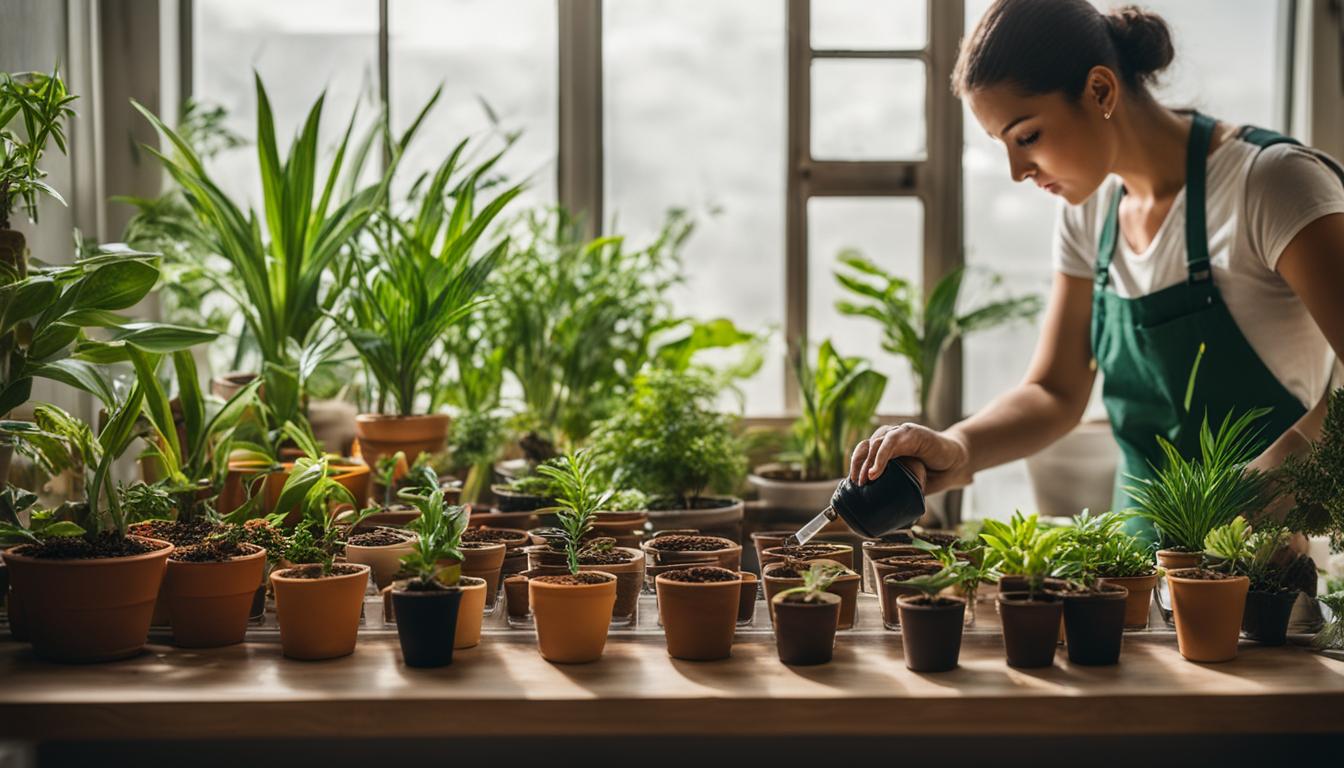
When it comes to caring for your indoor plants, one crucial factor that often gets overlooked is soil pH. The pH level of your soil affects the availability of nutrients, which directly impacts the health and growth of your plants. So, how do you balance soil pH for indoor plants?
Let’s explore some methods and techniques that can help you achieve optimal soil conditions for your beloved greenery.
Key Takeaways
- Adjust soil pH with natural ingredients like eggshells and coffee grounds
- Add organic materials such as peat moss and compost to improve soil pH
- Consider using acidic fertilizers to balance soil pH
- Create a potting soil mixture with the right pH using soil, compost, sand, and peat moss
- Learn how to increase or decrease soil pH using lime, aluminum sulfate, or sulfur
Understanding Soil pH and Its Importance
Soil pH plays a vital role in the growth and health of indoor plants. It refers to the measurement of how acidic or alkaline the soil is. Understanding soil pH is crucial as it directly impacts nutrient availability in the soil.
Different plants have specific pH preferences, with some thriving in acidic soil while others prefer alkaline soil. By comprehending the importance of soil pH, we can identify potential issues and take the necessary steps to balance the pH for our indoor plants.
The pH level of the soil influences the availability of essential nutrients for plant uptake. At different pH levels, certain nutrients become more or less available to plant roots. For example, in acidic soil, elements like iron, manganese, and aluminum are more soluble and accessible to plants.
On the other hand, in alkaline soil, nutrients like phosphorus, calcium, and magnesium may become less available. The pH of the soil also affects the activity of microorganisms and soil-dwelling organisms that contribute to the overall health of plants.
Understanding the acidity or alkalinity of the soil can help us make informed decisions when it comes to selecting suitable plants for our indoor garden.
Some plants, such as azaleas and blueberries, prefer acidic soil with a pH between 4.5 and 6.5, while others like peace lilies and spider plants thrive in slightly alkaline soil with a pH between 6.5 and 7.5.
By maintaining the optimal soil pH for our indoor plants, we can provide them with the best possible growing conditions and ensure their long-term health and vitality.
The Importance of Monitoring Soil pH
Regularly monitoring the pH of the soil is essential for indoor plant care. Testing the soil pH allows us to assess the current pH level and identify any imbalances that may be affecting plant growth.
There are various methods available for testing soil pH, including home testing kits and professional laboratory analysis. By understanding the pH of our soil, we can make the necessary adjustments to ensure that our indoor plants receive the appropriate pH levels for optimal growth and development.
The table below provides an overview of the pH preferences for different indoor plants and the adjustments that can be made to achieve the desired pH range:
| Plant | Ideal pH Range | Adjustment Required |
|---|---|---|
| Azaleas | 4.5 – 6.0 | Add sulfur or acidic fertilizer |
| Peace Lilies | 6.0 – 7.5 | No adjustment needed |
| Spider Plants | 6.0 – 7.5 | No adjustment needed |
| Blueberries | 4.5 – 5.5 | Add acidic organic matter like peat moss |
By regularly monitoring and adjusting the soil pH for our indoor plants, we can create a favorable growing environment that meets their specific needs. This ensures that they receive the necessary nutrients and thrive in our indoor gardens.
Testing the Soil pH
Before you can balance the soil pH for indoor plants, it’s essential to test the soil pH. This step is crucial in determining the current pH level and identifying any potential imbalances that may be affecting your plants’ growth. Testing the soil pH can be done using various methods, allowing you to choose the most convenient option for your needs.
One common method of testing soil pH is by using a soil pH tester. These testers are readily available at garden centers and are easy to use. Simply insert the probe into the soil and wait for the pH reading to appear.
Another option is to send soil samples to a garden center or a laboratory for professional analysis. This method provides a more accurate and detailed analysis of the soil pH, which can be helpful if you have complex soil conditions or specific plant requirements.
The importance of soil pH testing cannot be overstated. It helps you understand the current pH level of your soil, which is essential for determining the appropriate steps to balance the pH.
By identifying any imbalances, you can take targeted actions to adjust the pH and create the optimal soil conditions for your indoor plants’ healthy growth.
Methods for Testing Soil pH
There are several methods you can use to test soil pH for indoor plants:
- Soil pH testers: These handheld devices provide quick and easy readings of the soil pH.
- Soil testing kits: These kits typically include test strips or reagent solutions that change color based on the soil pH.
- Professional soil analysis: Sending soil samples to a garden center or laboratory for analysis provides a comprehensive assessment of the soil pH and nutrient levels.
Importance of Soil pH Testing
Soil pH testing is crucial for several reasons:
- Plant nutrient availability: Soil pH directly affects the availability of essential nutrients for plant uptake. Different nutrients are more readily available to plants at specific pH levels. Testing the soil pH helps you ensure that your indoor plants have access to the nutrients they need for healthy growth.
- Plant health and vigor: Imbalanced soil pH can negatively impact plant health and vigor. Acidic or alkaline soil conditions can lead to nutrient deficiencies, stunted growth, and overall poor plant performance. By testing the soil pH, you can identify and correct any imbalances, promoting optimal plant health.
- Optimal growth conditions: Different plants have specific pH preferences. Some plants thrive in acidic soil, while others prefer alkaline conditions. By testing the soil pH, you can create the ideal growing environment for your indoor plants, maximizing their growth potential.
Testing the soil pH is an essential step in achieving the ideal conditions for your indoor plants. By using the appropriate testing methods and understanding the importance of soil pH, you can provide the optimal growing environment and ensure the health and vitality of your indoor greenery.
Adjusting Soil pH with Natural Ingredients
When it comes to balancing the soil pH for indoor plants, natural ingredients can be a simple and effective solution. Two common household items that can help adjust soil pH are eggshells and coffee grounds. Ground eggshells can be used to raise the alkalinity of acidic soil, while coffee grounds can help buffer acidic levels.
To use eggshells for pH adjustment, simply crush them into small pieces and mix them into the soil. The calcium in eggshells reacts with the acidic components in the soil, raising the pH over time. This method is especially beneficial for plants that prefer slightly alkaline soil.
Coffee grounds, on the other hand, can be added to the soil as a natural way to lower its pH. The organic acids in coffee act as a mild acidifier, making the soil more acidic. Mix the coffee grounds into the soil or sprinkle them on top, being careful not to overdo it as excessive acidity can harm some plants.
Benefits of Using Eggshells and Coffee Grounds
The use of eggshells and coffee grounds as natural pH adjusters offers several benefits. Firstly, they are readily available and cost-effective, making them a budget-friendly option for plant enthusiasts.
Secondly, these natural ingredients provide essential nutrients to the soil, promoting overall plant health. Lastly, they are eco-friendly alternatives to synthetic products, making them a sustainable choice for environmentally conscious gardeners.
| Natural Ingredient | Effect on Soil pH | Recommended Usage |
|---|---|---|
| Eggshells | Raise alkalinity of acidic soil | Crush and mix into the soil |
| Coffee Grounds | Lower acidity of alkaline soil | Mix into the soil or sprinkle on top |
Remember to monitor the pH levels of your soil regularly and make adjustments as needed. It’s important to note that natural pH adjustment methods may take time to show results, so be patient and observe the changes in your plants’ growth.
Also, it’s always a good idea to consult with a local gardening expert or extension service for specific recommendations based on your plants’ needs.
By utilizing natural ingredients such as eggshells and coffee grounds, you can effectively balance the soil pH for your indoor plants in a sustainable and cost-effective way.
Adding Organic Materials to Improve Soil pH
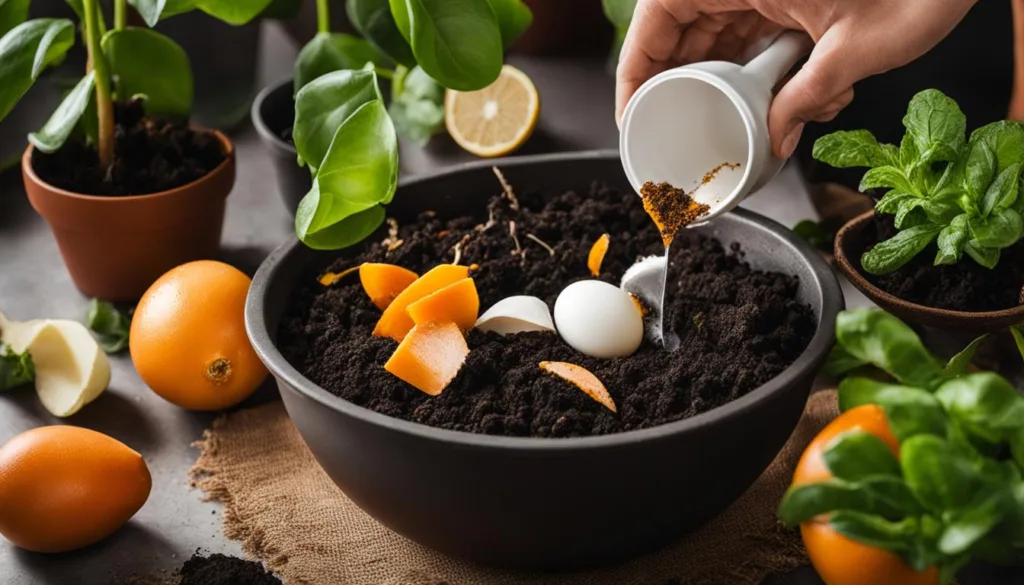
When it comes to balancing the soil pH for indoor plants, adding organic materials can be a highly effective method. Organic materials not only help improve soil pH but also provide essential nutrients for plant growth. Two commonly used organic materials for pH balance are peat moss and compost.
The Benefits of Peat Moss
Peat moss is a valuable organic material that can help lower the pH of alkaline soils. It has a high acid content, making it an excellent choice for plants that prefer acidic conditions.
When mixed into the soil, peat moss gradually releases acid, creating a more balanced pH level. Additionally, peat moss can improve soil structure, retain moisture, and enhance nutrient absorption, promoting healthier plant growth.
The Power of Compost
Compost is another organic material that can be used to improve soil pH. It adds valuable organic matter to the soil, boosting its nutrient content and overall fertility. Compost also helps to neutralize soil acidity or alkalinity, bringing the pH closer to the desired range. By incorporating compost into your potting soil or garden beds, you can create a more favorable environment for your indoor plants.
Using Organic Materials Safely
When adding organic materials to improve soil pH, it’s essential to do so in moderation. Excessive use of peat moss or compost can lead to over-acidification or nutrient imbalances.
It’s best to follow recommended guidelines and conduct regular soil testing to monitor the pH levels. Additionally, be mindful of the specific needs of your plants and adjust the organic materials accordingly to maintain a healthy and balanced soil pH.
In conclusion, adding organic materials such as peat moss and compost is a natural and effective way to improve soil pH for indoor plants. These materials not only help balance the pH but also enrich the soil with essential nutrients.
When used correctly and in moderation, organic materials provide a sustainable and eco-friendly solution for maintaining healthy soil and promoting optimal growth for your indoor plants.
Balancing Soil pH with an Acidic Fertilizer
When it comes to balancing soil pH for indoor plants, using an acidic fertilizer can be an effective method. Acidic fertilizers containing ammonium sulfate or urea nitrogen can help lower the pH levels and create optimal conditions for certain types of plants. However, it is important to choose the right fertilizer based on the specific needs of your indoor plants.
Considerations for Choosing an Acidic Fertilizer:
- Plant requirements: Different plants have different pH preferences, so it is crucial to select an acidic fertilizer that meets the specific needs of your indoor plants.
- Acidifying elements: Look for fertilizers that contain ammonium sulfate or urea nitrogen, as these elements are known to lower the pH of the soil.
- Slow-release formula: Opt for a slow-release acidic fertilizer to ensure a consistent pH adjustment over time.
- Application method: Consider the application method that suits your needs, whether it’s granular, liquid, or soluble fertilizer.
Consulting with a plant expert or visiting a garden store can provide valuable guidance in selecting the appropriate acidic fertilizer for your plants. They can help you understand the specific requirements of your indoor plants and recommend the best acidic fertilizer to balance the soil pH effectively.
Creating a Potting Soil Mixture with the Right pH
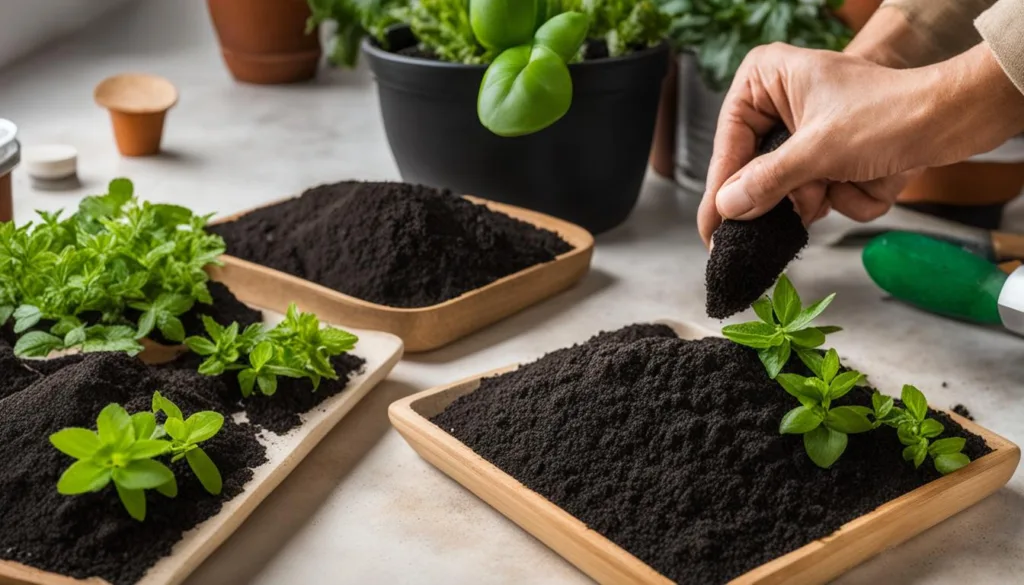
When it comes to indoor plants, creating a potting soil mixture with the right pH is crucial for their overall health and growth. The pH of the potting soil directly affects nutrient availability and plant root function.
By using the correct components and following a few simple steps, you can ensure that your potting soil has the ideal pH for your indoor plants.
Start by gathering the necessary components for your potting soil mixture. You will need soil, compost, sand, and peat moss. These ingredients work together to create a balanced pH and provide a nutrient-rich environment for your plants. Use equal parts of each component to achieve a well-balanced potting soil mixture.
Next, thoroughly mix the components together in a large container or wheelbarrow. This will help distribute the nutrients and pH evenly throughout the mixture. Make sure the mixture is well blended and free of clumps or large debris.
After mixing, test the pH of the potting soil using a soil pH tester. This will give you an accurate reading of the current pH level and allow you to make any necessary adjustments. If the pH is too high (alkaline), you can add organic matter such as peat moss or sulfur to lower the pH. Conversely, if the pH is too low (acidic), you can add lime or wood ash to raise the pH.
Finally, once you have achieved the desired pH level, your potting soil mixture is ready to use. Fill your plant pots or containers with the potting soil, ensuring that there is enough room for proper root development. Plant your indoor plants as usual and water them thoroughly.
By creating a potting soil mixture with the right pH, you are providing your indoor plants with the optimal conditions for healthy growth. Remember to regularly monitor the pH levels and make adjustments as needed to maintain a balanced pH in your potting soil.
Increasing Soil pH and Decreasing Soil pH
To achieve the ideal soil pH for your indoor plants, you may need to make adjustments to either increase or decrease the pH level. Increasing soil pH is necessary when the soil is too acidic, while decreasing soil pH is required when the soil is too alkaline. There are several methods you can use to achieve these desired changes.
Increasing Soil pH: One way to increase soil pH is by using lime. Lime is a commonly used soil amendment that helps raise the pH level. You can apply lime to the soil surface and then water it in thoroughly.
It’s important to follow the recommended application rate to avoid over-liming, as excessive lime can have negative effects on plant growth.
Decreasing Soil pH: If you need to decrease soil pH, you can use either aluminum sulfate or sulfur. Aluminum sulfate is a quick-acting amendment that helps lower the pH level. It can be applied directly to the soil and then watered in.
Sulfur, on the other hand, is a slower-acting amendment that can be added to the soil and left to break down over time, gradually lowering the pH.
When using either of these methods, it’s important to monitor the pH levels regularly to ensure you’re achieving the desired results. It may take some time to reach the optimal pH range, so patience is key.
Consulting with a plant expert or conducting a professional soil analysis can provide valuable guidance in determining the appropriate amount of lime, aluminum sulfate, or sulfur to use for your specific indoor plants.
| Method | Increasing Soil pH | Decreasing Soil pH |
|---|---|---|
| Amendment | Lime | Aluminum Sulfate or Sulfur |
| Application | Apply to the soil surface and water in thoroughly | Apply directly to the soil and water in or add to the soil and allow to break down over time |
| Effects | Raises the pH level | Lowers the pH level |
Achieving and maintaining the optimal soil pH for indoor plants is crucial for their healthy growth. By understanding the importance of soil pH and testing the soil regularly, you can identify any imbalances and take the necessary steps to correct them.
Using natural ingredients, such as eggshells and coffee grounds, as well as adding organic materials like peat moss and compost, can help balance the soil pH in a cost-effective and eco-friendly manner.
Additionally, using acidic fertilizers and creating a potting soil mixture with the right pH further contribute to creating the ideal soil conditions for your indoor plants.
It’s important to consider the specific needs of your plants and their preferred pH range when making adjustments. Proper monitoring and regular adjustments will help maintain a balanced pH and promote healthy growth for your indoor greenery.
By following these methods and techniques, you can ensure that your indoor plants thrive and flourish in the optimal soil conditions.
Remember to consult with experts and follow proper guidelines when making significant adjustments to the soil pH. With careful attention to soil pH, you can provide your indoor plants with the best possible environment for healthy growth and enjoy their beauty and benefits.
FAQ
How do you balance soil pH for indoor plants?
There are several methods you can use to balance the soil pH for indoor plants. These include adjusting the pH with natural ingredients, adding organic materials to improve soil pH, using an acidic fertilizer to balance the soil, creating a potting soil mixture with the right pH, and making specific adjustments to increase or decrease the soil pH as needed.
What is soil pH and why is it important for indoor plants?
Soil pH refers to the measurement of how acidic or alkaline the soil is. It is important for indoor plants as it affects nutrient availability in the soil. Different plants thrive best in specific pH ranges, so understanding soil pH helps identify potential issues and take necessary steps to balance the pH for indoor plants.
How do you test the soil pH for indoor plants?
You can test the soil pH either at home using a soil pH tester or by sending soil samples to a garden center for professional analysis. Testing the soil pH helps determine the current pH level and identify any potential imbalances, which is crucial for maintaining optimal soil conditions for indoor plants.
Can you adjust soil pH naturally? How?
Yes, you can adjust soil pH naturally. Ground eggshells can be added to raise the alkalinity of the soil, while coffee grounds can help buffer acidic levels. It’s important to use these natural substitutes carefully and in the right amounts to avoid causing pH imbalances.
How can you improve soil pH with organic materials?
Adding organic materials like peat moss, compost, and aged manure can slowly acidify alkaline soils and improve soil pH. These materials not only lower the pH but also provide essential nutrients for plant growth. However, it’s important to monitor moisture levels when using organic materials as they can increase the soil’s moisture-holding capacity.
Can an acidic fertilizer balance soil pH for indoor plants?
Yes, an acidic fertilizer can balance soil pH for certain types of indoor plants. Acidic fertilizers containing ammonium sulfate or urea nitrogen can lower pH levels and create optimal conditions. It is important to choose the right fertilizer based on the specific needs of your indoor plants and consult with experts if needed.
How do you create a potting soil mixture with the right pH?
The components of the potting soil mixture, such as soil, compost, sand, and peat moss, play a role in determining pH. Using soil with the appropriate acidity or alkalinity, along with adding compost and organic matter, helps lower pH and improve overall quality. Consider the specific needs of your plants and the ideal pH range for their growth when creating a potting soil mixture.
How can you increase or decrease soil pH?
You can increase soil pH by adding lime and decrease soil pH by using aluminum sulfate or sulfur. The amount of these materials needed depends on the current pH level and the desired range. It’s recommended to follow proper guidelines and consult with experts when making significant adjustments to soil pH.

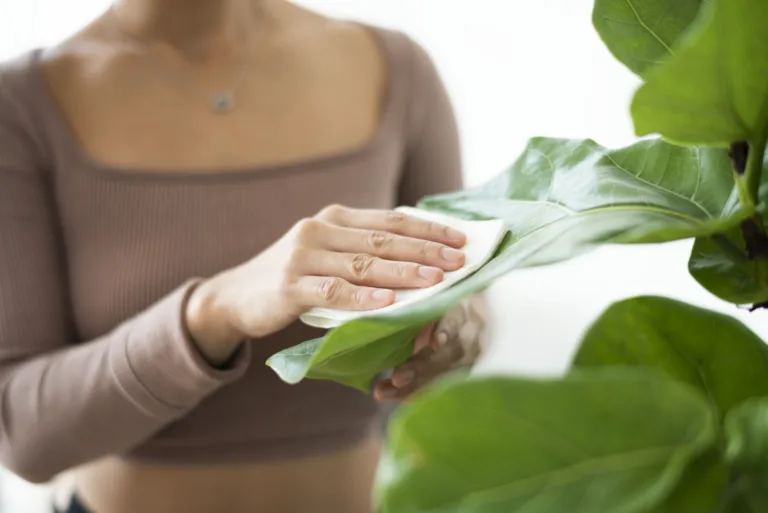
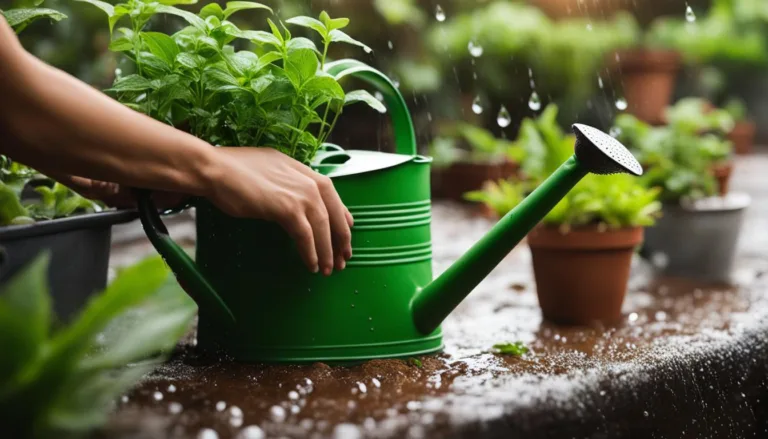

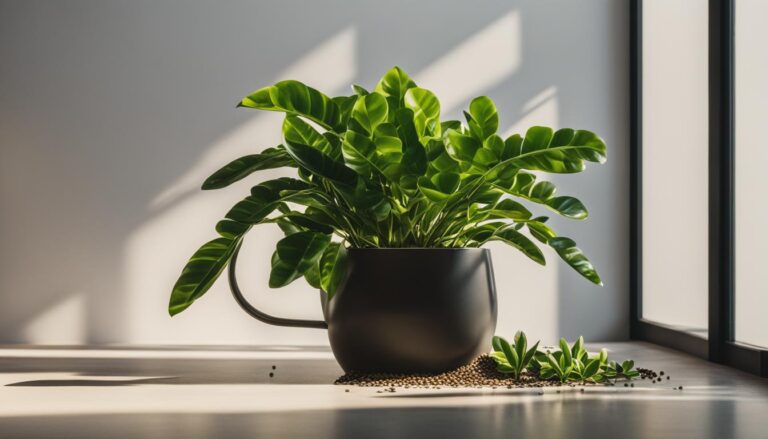
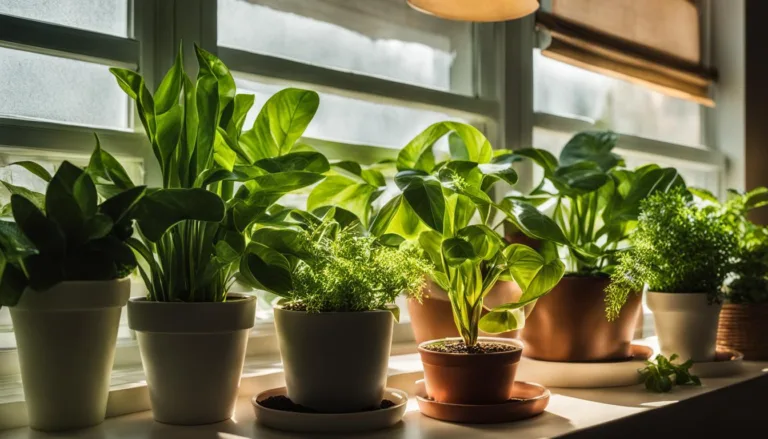
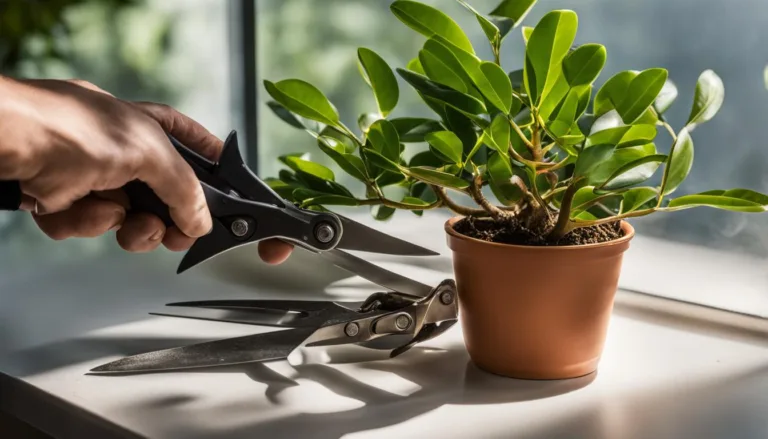
2 Comments
Comments are closed.